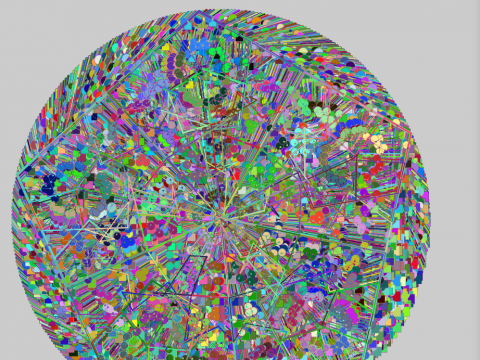Repetition can be tedious, like when you’re working at a desk every day. It feels like you’re doing the same thing over and over. However, repetition can become something great, like when you go for a walk every morning. From doing the same thing, you can look closer at the trees you walk by and notice new things. Repetition can lead you to appreciate what you’re doing more. I am also reminded of writing, especially poetry, where repetition is a tool used for emphasis. Ultimately, it brings our attention to things.
In art, this quality of repetition is especially important in the process of creating that art. It can not only bring the spectator’s attention to the piece, but also the artist’s attention to the process. The way a computer creates images is interesting because spontaneity is impossible for a machine, but this isn’t necessarily a bad thing. Instead of spontaneity is a calculated, exact, and planned approach. This kind of discipline is something a lot of artists use in their art. By doing the same thing repeatedly but changing one specific aspect, Vera Molnar used computation to show this discipline through gradualism. She writes that there is “a kind of dialogue between human and machine” which exemplifies how the computer was an aid in her process of recreating her mother’s handwriting, while she remained the artist and she remained present in the work. The computer allows for discipline, and Molnar demonstrated discipline through her repetition and gradualism. They worked together.
For my own experiments in gradualism, I decided to code a loop of squares where every other square was filled with white.
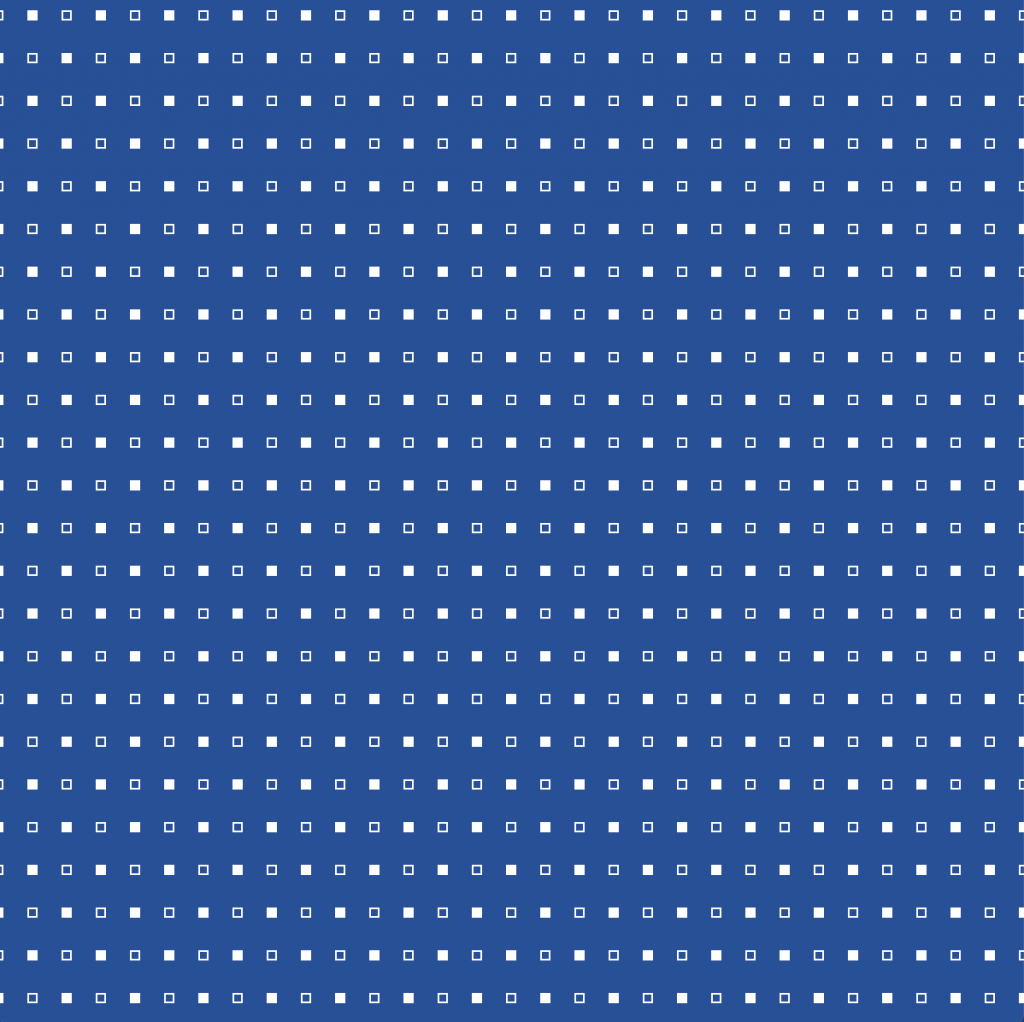
Then, I made every other square bigger.
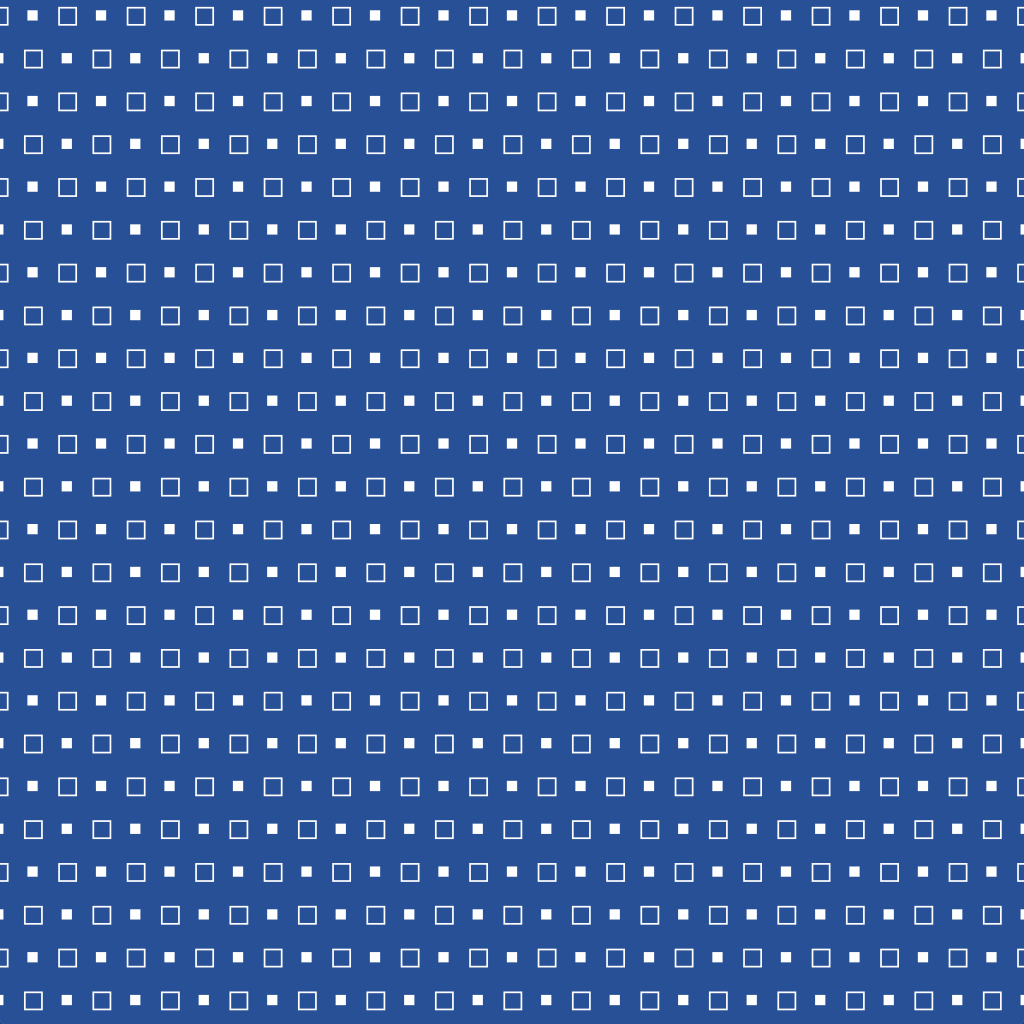
I then decided to add something to offset the rows through the loop.
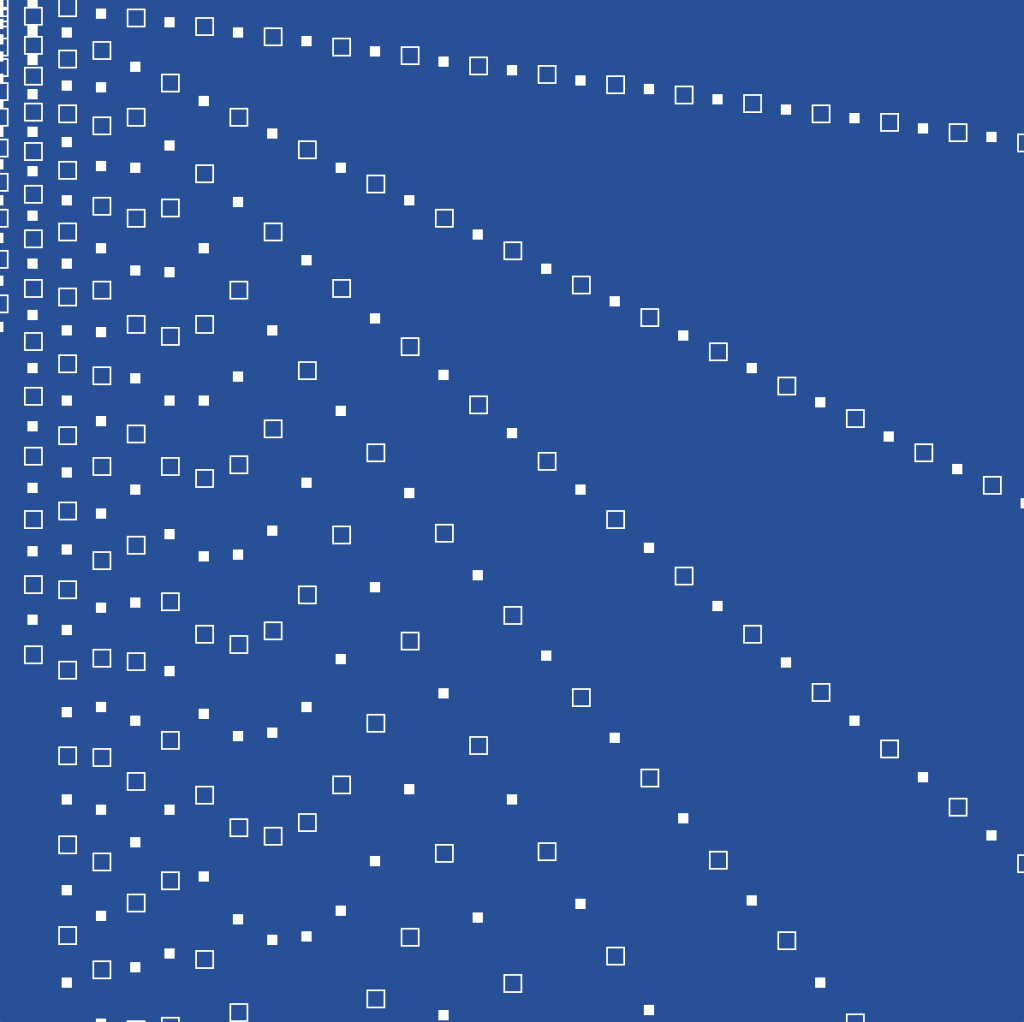
At this point, I felt like the sketch needed some color so I added orange to complement the blue background.

Finally, I found the harsh corners of the squares to be clashing too much with the natural curves created by the loop. I decided to round the corners of the squares.
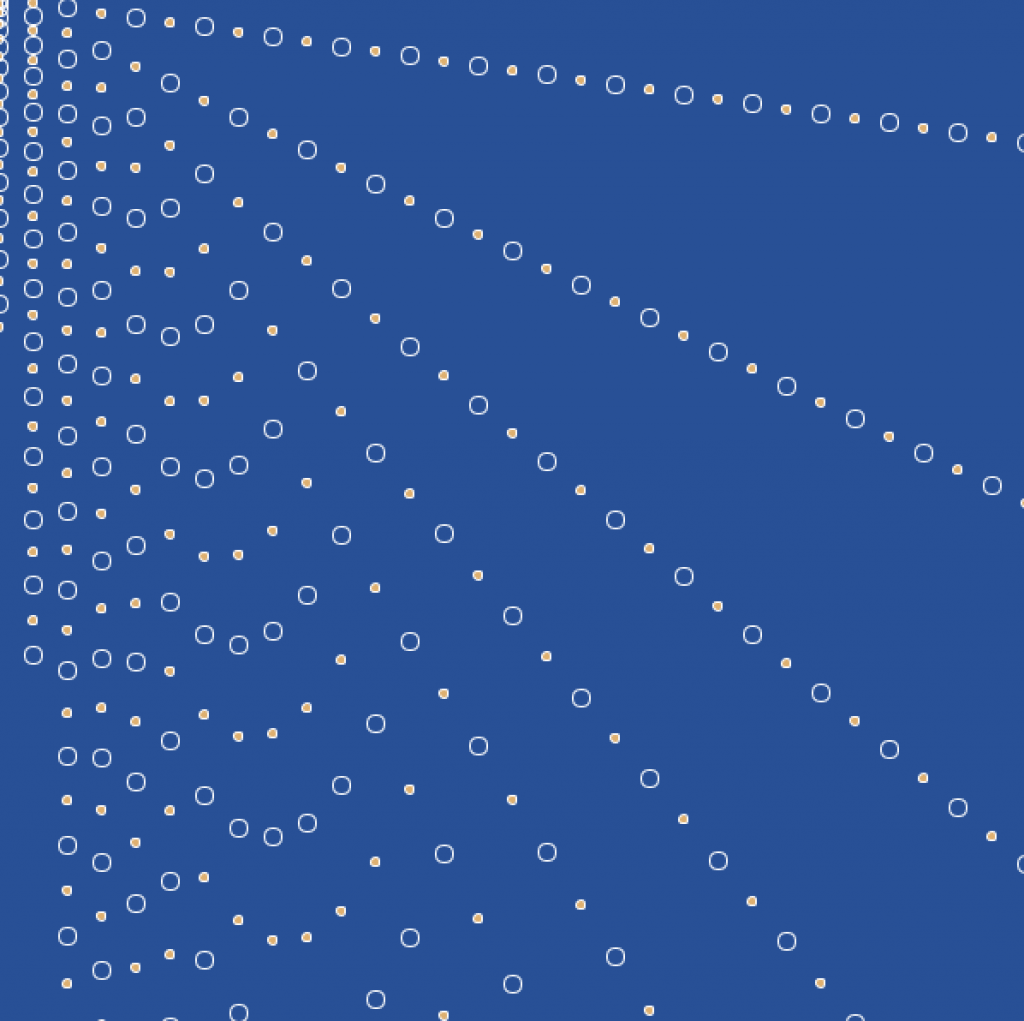
I was drawn to Molnar’s gradualism because of how planned-out and exact her changing just one aspect each time was. I found incorporating this in my own work an interesting challenge in looking at my art in a more focused way. Making myself pay close attention to details and the small changes I made gave me a new feeling of appreciation for the process of creating my work.
While the computer executed the changes, it was me who planned them. So, I feel like I am present in my work here. The changes were made based on how I felt and what I decided needed to be different. This is the “dialogue between human and machine” Molnar spoke of.
To me, it seems like it is in code’s very nature for everything to be calculated and exact in some way. Nothing is spontaneous. I felt like through planning out my art I created through code, I was mirroring this idea. I was also realizing the value of repetition. I was looking closer at things that I’ve seen or done before and considering what could be different.

